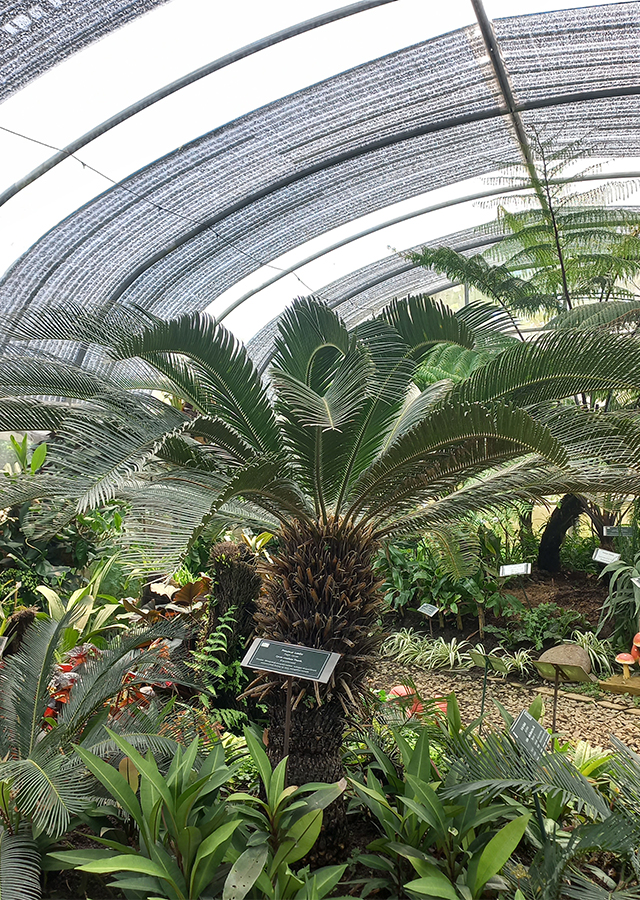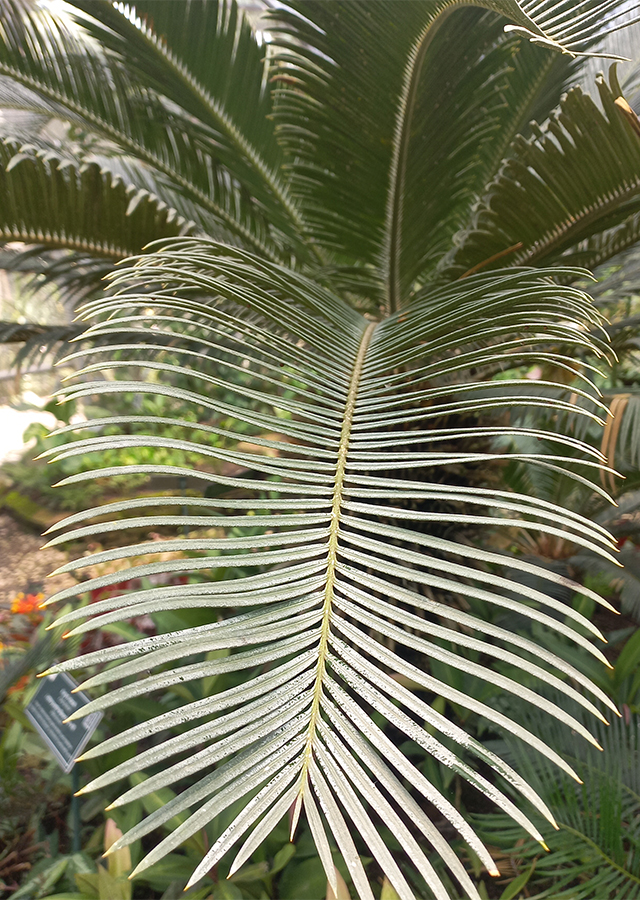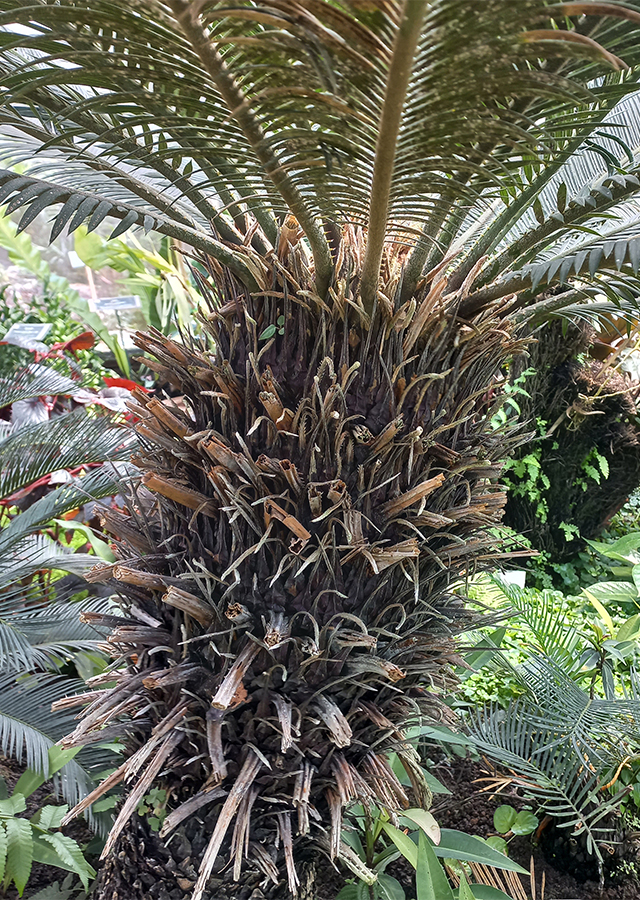Traditional Herbs from Cycas revoluta
ganas_boil
- Take the sap of the jambe antidote plant.
- Obse it on the boil.
snake_or_insect_bite
- Take the sap of the jambe antidote plant.
- Obse it to snake bites or insect bites.
What is Cycas revoluta Looks like??



Parts of Cycas revoluta that could be used
- Leaves
- Seeds
- Fruit
- Latex
Cycas revoluta Distribution
Jambe antidote is a plant native to Japan and Southern China. Jambe penawar is called a "living fossil" because its origins can be traced to ancient flora at the beginning of the Mesozoic era. This plant is harvested and used as food and medicine. It is sometimes cultivated as a food plant in Japan, Taiwan and India, and is also commonly grown as an ornamental plant in gardens and parks, and is a popular bonsai subject. The leaves are used as a decorative material, and have been exported in large quantities from Japan for this purpose. This plant is also used as a traditional medicine, such as being used as a topical medicine for malignant boils, as an antidote for snake and insect bites.Agroecology of Cycas revoluta
Jambe penawar is a plant that has very slow growth, is able to tolerate light frosts, with reports of plants withstanding temperatures as low as -6 �C. This plant can grow from warm climate zones to tropical areas. Requires a sunny to partially shaded position. Sometimes found in shady places in the wild. This jambe bidder also requires fertile clay soil with sharp sand and is well drained, and grows successfully in dry soil and is tolerant of saline conditions.
Morphology of Cycas revoluta
- Roots are fibrous and black.
- Strong/stout and cylindrical stems are marked with prominent scars and blackish brown leaf stalks. sometimes branched.
- Leaves\u00a0many, dense, spreading, 0.5- long 1.5 m. Leaf blades are numerous, close together, and linear. Middle length 18 cm, width 4 to 6 mm, upper surface smooth, lower part hairy short-stemmed, cone-shaped, 10-20 cm long and yellow. The female flowers are surrounded by brownish-yellow male flowers.
- The fruit is an egg-shaped box with a diameter of 1 cm and is green.
- The seeds are in arranged leaves loose around the stem. The seeds are large, plum-like, and pale yellow to brown.
Cultivation of Cycas revoluta
- Cultivation of this jambe antidote plant reproduces by seeds and separation of shoots.
- Seeds are best sown as soon as they are ripe.
Cycas revoluta, more details :
Chemical Content of Cycas revolutaCycasin and methylazoxymethane (neurotoxic and carcinogenic) methylamino-L-alanine (toxin), leptin, cycasindene, fatty acids (linolenic acid, oleic acid, linoleic acid, palmitic acid, and octadecanoic acid), dihydroamentoflavone, (2S)-I-(2,3)-dihydro-I-7-O-β-d-glucopyranosylamentoflavone� and ( 2S)-I-(2,3)-dihydro-I-7,II-7-di- O-β-d-glucopyranosylamentoflavone, prunin, vitexin-2″- rhamnoside, protocatechuic acid,� neocycasin (A, B, C, D, E, F, and G), cryptoxanthine, and zeaxanthine.
Benefits of Cycas revoluta
Treats cancer, hepatoma, rheumatism, malignant boils (topped), headaches, blocked nose, bone pain, paralysis, indigestion, pain when urinating, inhibits the growth of malignant tumors, prevents snake and insect bites, reduces high blood pressure. Acts as an astringent, diuretic, emmenagogue, expectorant.
Simplisia of Cycas revoluta
- Prepare enough fresh jambe antidote seeds, wash thoroughly with running water then drain.
- Dry in the sun or in an oven at a temperature\u00a040\u00b0C until the water content\u00a010%.
- Choose using a blender until it becomes powder .
- Store in a clean, airtight container.
Another Facts for Cycas revoluta :
Synonym of Cycas revolutaCycas inermis Oudem.Cycas miquelii Warb.Epicycas miquelii (Warb.) de Laub.
Habitus of Cycas revoluta
Cycas. Annual cycad, up to 2 m high
Habitat of Cycas revoluta
- Coastal", "Rocky Area", "Bush Area
No comments:
Post a Comment